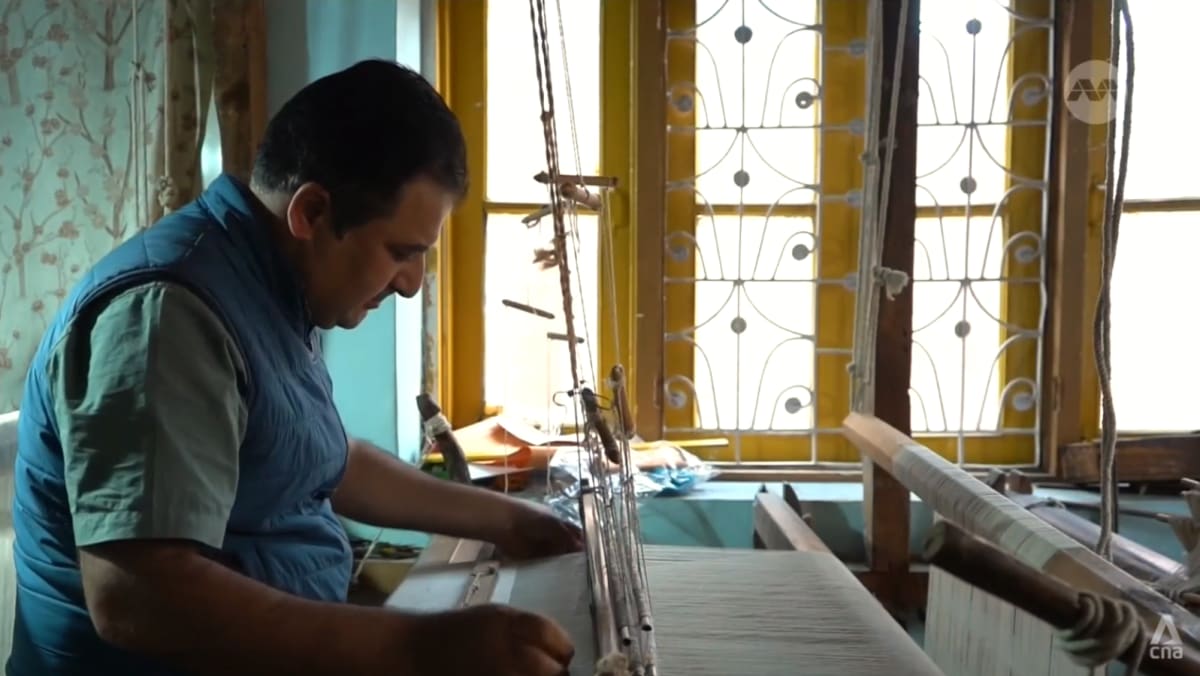A year since Indonesia’s deadly stadium stampede, justice remains elusive, more work needed to stop football violence

Before the tragedy, spectators would sit on long uninterrupted rows of raised concrete floors making the stadium have a capacity of 38,000. But under the planned individual seat arrangement, the capacity will drop to 21,650, Mr Matondang said.
Speaking at a parliamentary hearing on Sep 6, Mdm Diana Kusumastuti, the director-general in charge of human settlement and facilities development at the Ministry of Public Works, promised to honour the victims by not changing the Stadium too much, while revealing that it would be adding a museum and a monument to pay homage to the victims.
The director-general said the two additions to the stadium will be located near Gate 13.
Construction started on Sep 11 and is expected to be completed in 16 months. The ministry is also planning to renovate 21 other stadiums across Indonesia.
PROMISE OF REFORM
PSSI chairman Erick Thohir told reporters on Sep 15 that there were plans to conduct a sweeping reform inside the association to ensure that the tragedy does not happen again.
“I want to establish independent task forces, not composed of PSSI people … I want transparency,” he said, adding that the task forces will each have their own jurisdictions from overseeing supporters, investigating allegations of match-fixing and auditing how the association and clubs manage their expenses.
The police have also promised to evaluate how football matches are safeguarded to be more in line with FIFA regulations.
One month after the tragedy, Indonesian National Police chief Listyo Setyo Prabowo issued a regulation barring police officers from using tear gas, firearms, smoke grenades or water cannon vehicles inside stadiums during football matches.
The use of such weapons is still permitted outside the stadium.
Source: CNA















